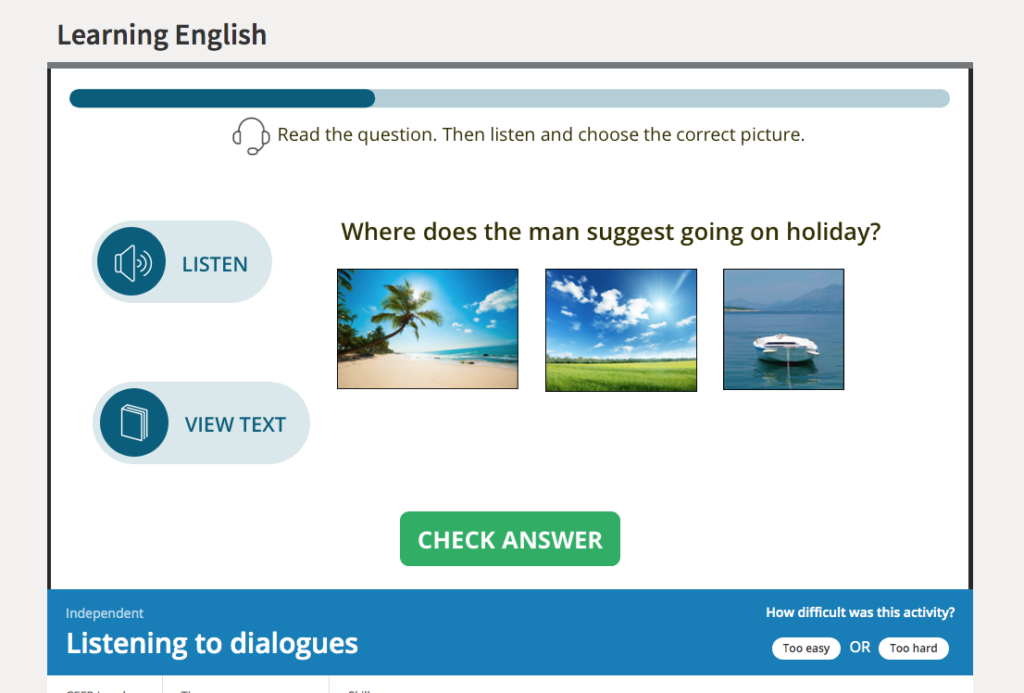Different, non-exam things to do with any listening text
Today, I’m going to share some ideas for some different, non-exam things to do with listening texts.
Very often, we use listening texts in class to introduce or recycle language perhaps. We ‘test’ our students’ ability to understand spoken language.
But how often do we really ask them to understand key elements in a spoken text – like how different the speakers’ tastes are from ours, for example?
Let’s look at a few ‘different’ activities that we could use with many different audios.
1. Shared habits and tastes: Which of the speakers are you most similar to?
Tell students, or show them the rubric to give them the topic and/or context.
e.g. Listen and watch some kids and teenagers talking about a food. (You can see that the food is brussel sprouts, but I wouldn’t tell my students that – I’d start it at 0’15”).
Their task is to listen and watch and to say afterwards: Which of the speakers are you most similar to?
2. Listen to how the speakers talk and tell me:
- How old do you think each speaker is?
- Which speaker talks faster/more slowly?
- Which speaker is easiest/more difficult to understand? Why?
- Which speaker organises their ideas better? How do they do this?
If your students are B1-B2 level, they can listen to the first 1’40” of this conversation between Geeta and Paul, from the audio series – Virtually Anywhere by Cambridge Assessment English and answer the questions.
Key:
They are both in their final year of university, so they will probably be 21-22 years’ old.
Paul seems to speak a little faster, but Geeka also speaks quickly when she is emotional.
Geeka’s accent might make her more difficult to understand for some students.
Geeka is good at explaining her reasons for wanting to do this assignment well. Paul doesn’t actually get much of a chance to speak for any length of time!
3. Listen for changes and opposing or supporting views.
Students listen to a dialogue or several short dialogues and identify:
– changes in speakers
– changes in topic
– points to support or oppose different points of view
The five short dialogues from this activity – Listening to dialogues from Cambridge Assessment English would be suitable material for doing this at A2-B1 level.
As always, I hope these activities and tips will be useful for both you and your students.


